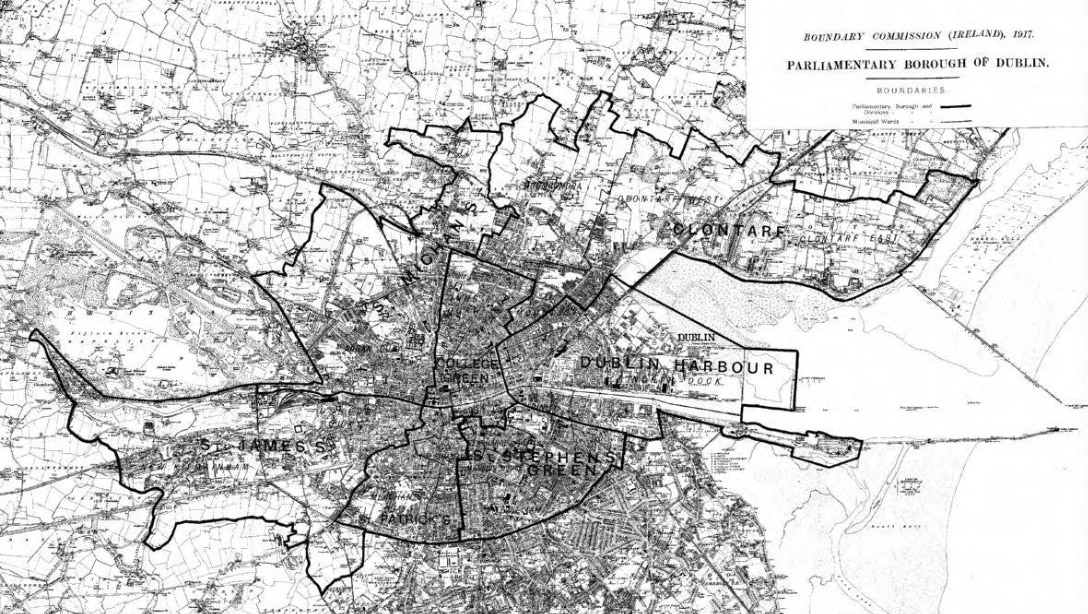Scale of Irish electorate increase revealed
Belfast, 17 June 1918 - The Representation of the People Act, which received Royal Assent in February this year, looks set to massively increase the number of electors in Ireland.
According to the last register compiled in 1914 the total number of people eligible to vote in parliamentary elections in Ireland was 698,098. However, the new lists show that the three boroughs of Dublin, Belfast and Waterford, together with the counties of Antrim, Tyrone, Mayo and a portion of Dublin County, already have 592,395 names.
As a further illustration of how great the impact of the franchise extension will be on individual constituencies, Mayo provides an excellent example: under the old register the county had 30,691 electors, the new list appears to put this figure at 83,000.
Reorganised cities
The city of Dublin has been reorganised to allow for a larger
number of parliamentary constituencies. Whereas the city had been
divided into four divisions under the old franchise when its
electorate stood at 32,571, it is now divided into seven divisions
with an electorate of 114,333.
The city of Belfast has been similarly revamped, the number of parliamentary constituencies increasing from four to nine with a total electorate of 160,453. Women, who will able to vote for the first time, account for 40% of that number, the breakdown by gender in the city being – 96,171 men and 64,282 women.
[Editor's note: This is an article from Century Ireland, a fortnightly online newspaper, written from the perspective of a journalist 100 years ago, based on news reports of the time.]





















